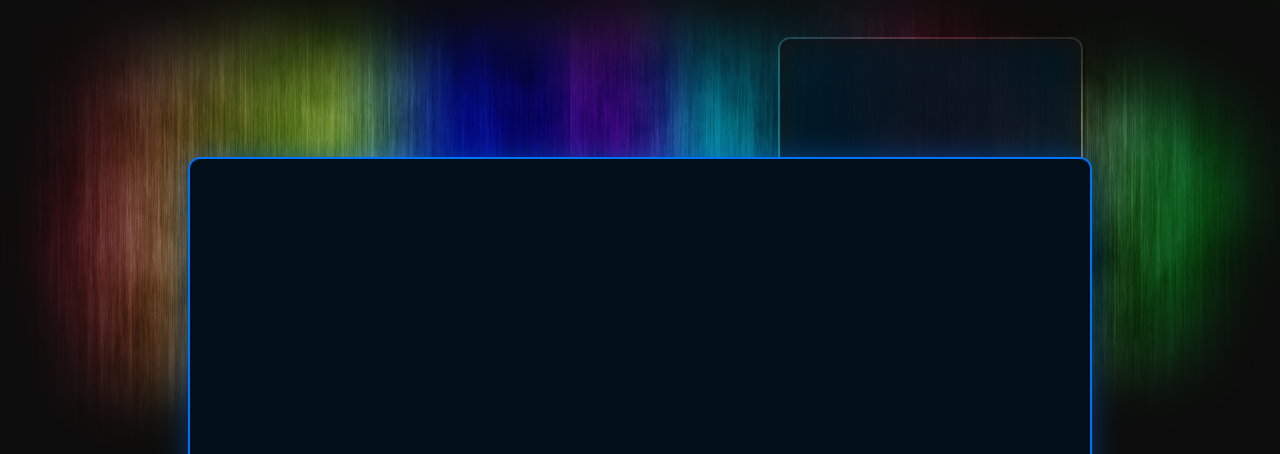21
Nov
VORANKÜNDIGUNG:
Sonntag (auf Montag), 06.12.2009, ca. 00.15 Uhr
“Mehr Licht! – Die Elektrifizierung der Welt”
“1,6 Milliarden Menschen weltweit haben keinen Zugang zu Elektrizität. Nur die Nordhalbkugel des Globus, besonders Europa, Japan und Amerikas Küsten, sind nachts von einem glitzernden Lichtband bedeckt. Licht bedeutet Sicherheit und symbolisiert Reichtum. Doch die Elektrifizierung der Welt hat auch Schattenseiten: Durch zu viel Licht ist unser ökologisches Gleichgewicht empfindlich gestört worden. Ist neben dem Planeten auch unsere Gesundheit von zu viel oder falschem Licht bedroht? Mediziner warnen: unruhiger Schlaf, veränderte Hormonhaushalte und sogar ein erhöhtes Risiko, an Krebs zu erkranken, seien Konsequenzen des Lichtsmogs. Kann uns Licht vergiften? Ist die Erhellung der Welt, einst Symbol für Aufklärung und Fortschritt, letztlich ein “kultureller Verlust”?
Gäste:
Beate Binder, Kulturanthropologin und Elektrifizierungs-Expertin
Ralf Bönt, Autor und Physiker
Klement Tockner, Biologe und Leiter des Projekts “Verlust der Nacht”
Alexander Wunsch, Humanmediziner und Lichtbiologe”
Weiter im Text unter folgendem link:
nachtstudio – ZDF.de.
Wer die Sendung verpasst oder die späte Sendezeit aus chronobiologischen Notwendigkeiten heraus nicht akzeptieren kann  , hat einige Wochen nach der Sendung noch die Möglichkeit, diese jederzeit in der ZDF Mediathek online anzusehen: mit dem Zweiten sieht man besser!
, hat einige Wochen nach der Sendung noch die Möglichkeit, diese jederzeit in der ZDF Mediathek online anzusehen: mit dem Zweiten sieht man besser!
15
Nov
Includes sections: circadian rhythms, eating behavior, sexual response, navigating our environment, learning from the body, the stress response and disease, stress and some common illnesses, mood and health, depression and the heart, depression and stroke, anger, the search for a „mind-body medicine,“ challenges ahead
viaThe Dana Foundation – The Brain-Body Loop — The Dana Guide.
14
Nov
Result paves the way for measuring torques on molecules with high sensitivity
viaLight rotates nanorotors – optics.org.
6
Nov
Solar spectrum.


A high resolution version of the spectrum of our Sun, this image was created from a digital atlas observed with the Fourier Transform Spectrometer at the McMath-Pierce Solar Facility at Kitt Peak National Observatory, near Tucson, Arizona (`Solar Flux Atlas from 296 to 1300 nm‘ by Robert L. Kurucz, Ingemar Furenlid, James Brault, and Larry Testerman: National Solar Observatory Atlas No. 1, June 1984.).
The images shown here were created to mimic an echelle spectrum, with wavelength increasing from left to right along each strip, and from bottom to top. Each of the 50 slices covers 60 angstroms, for a complete spectrum across the visual range from 4000 to 7000 angstroms.
The Sun is a G2 star, and this image covers the same wavelength range in the same format as the spectrum of Procyon, type F5, and the spectrum of Arcturus, type K1 (or K2). Note: NSO/Kitt Peak FTS data used here were produced by NSF/NOAO. (Note for interested users: because this was made from digital data, we can create any size or shape on request, but please give us plenty of time. The images here have the correct aspect ratio for a 35mm slide. We do however have a square version available immediately.)
Minimum credit line: N.A.Sharp, NOAO/NSO/Kitt Peak FTS/AURA/NSF (for details see Conditions of Use)
![]() , hat einige Wochen nach der Sendung noch die Möglichkeit, diese jederzeit in der ZDF Mediathek online anzusehen: mit dem Zweiten sieht man besser!
, hat einige Wochen nach der Sendung noch die Möglichkeit, diese jederzeit in der ZDF Mediathek online anzusehen: mit dem Zweiten sieht man besser!





